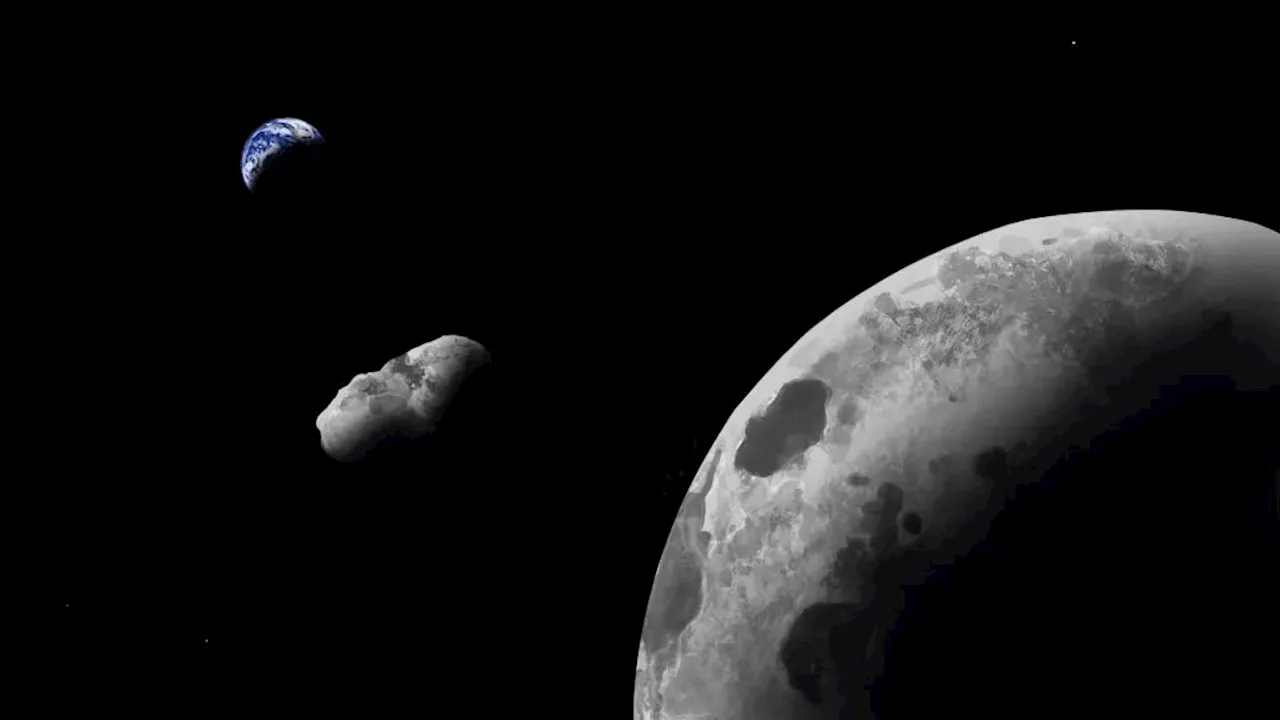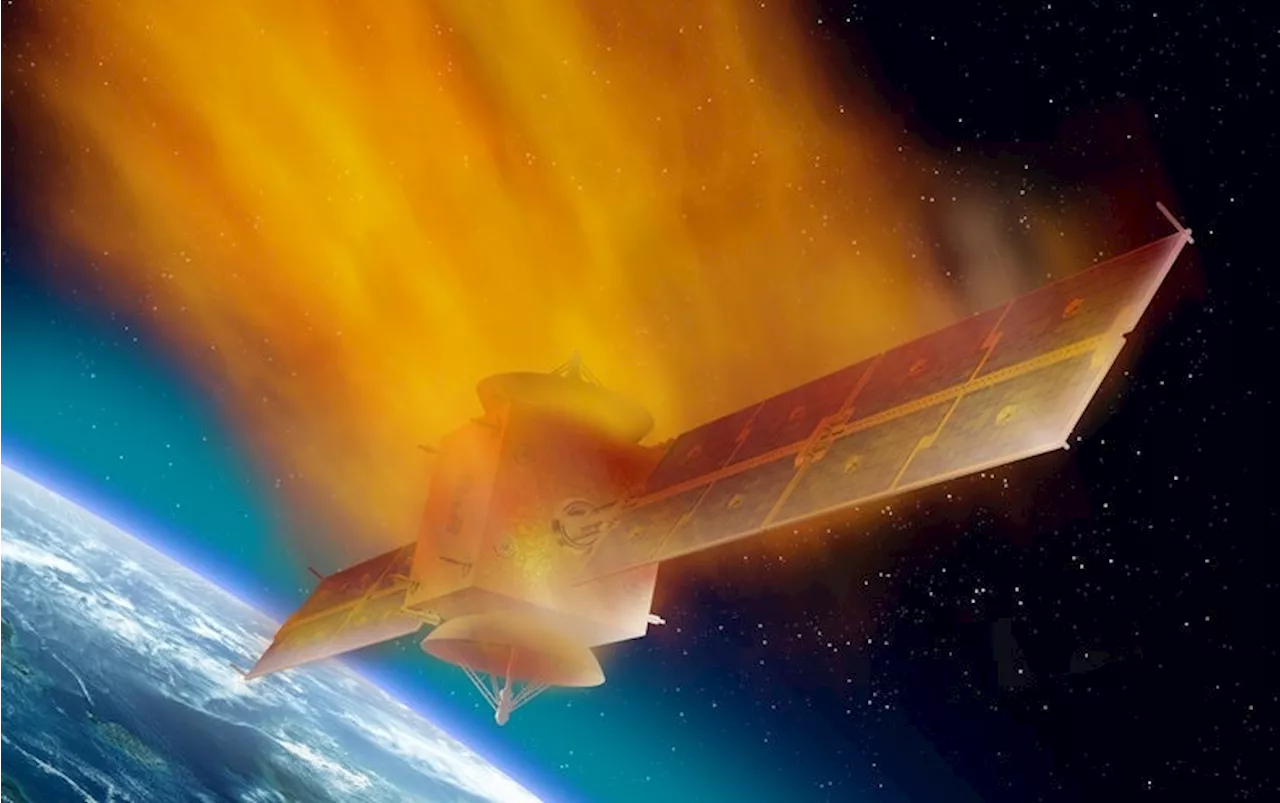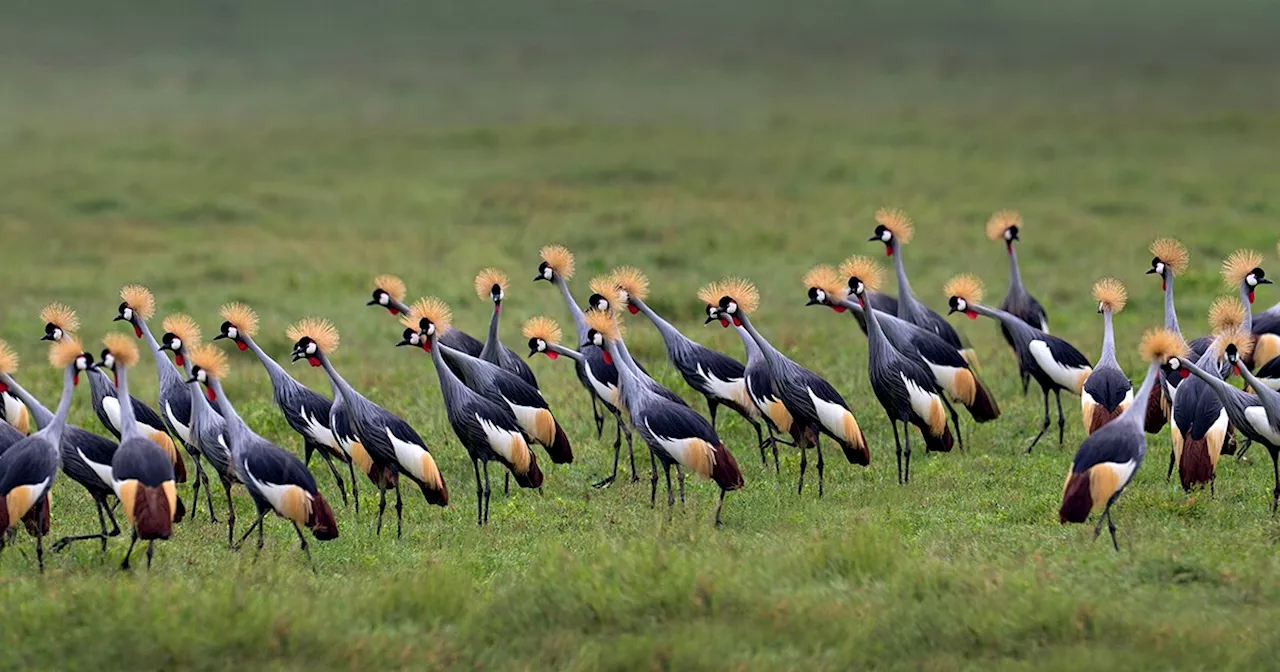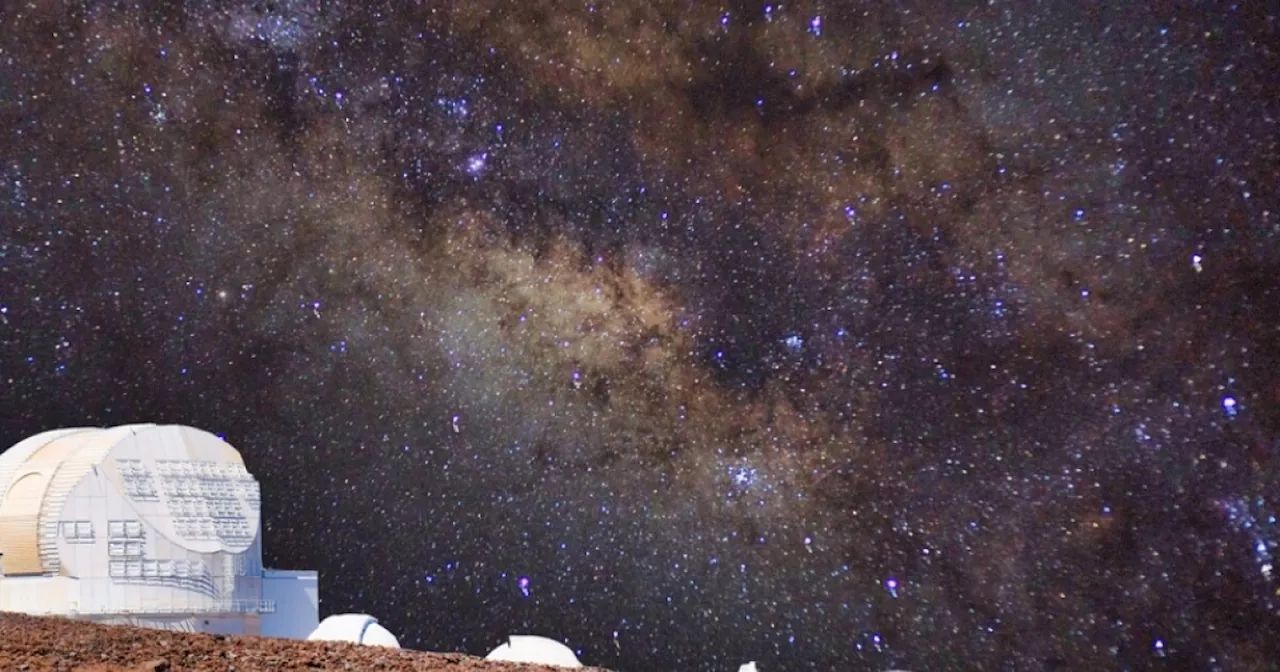Venus, may have once had tectonic plate movements similar to those believed to have occurred on early Earth, a new study found. The finding sets up tantalizing scenarios regarding the possibility of early life on Venus, its evolutionary past and the history of the solar system.
Venus, a scorching wasteland of a planet according to scientists, may have once had tectonic plate movements similar to those believed to have occurred on early Earth, a new study found. The finding sets up tantalizing scenarios regarding the possibility of early life on Venus, its evolutionary past and the history of the solar system.
The new paper posits that this wasn't always the case. To account for the abundance of nitrogen and carbon dioxide present in Venus' atmosphere, the researchers conclude that Venus must have had plate tectonics sometime after the planet formed, about 4.5 billion to 3.5 billion years ago. The paper suggests that this early tectonic movement, like on Earth, would have been limited in terms of the number of plates moving and in how much they shifted.
"We've so far thought about tectonic state in terms of a binary: it's either true or it's false, and it's either true or false for the duration of the planet," said study co-author Alexander Evans, an assistant professor of Earth, environmental and planetary sciences at Brown."This shows that planets may transition in and out of different tectonic states and that this may actually be fairly common. Earth may be the outlier.
They used current data on Venus' atmosphere as the endpoint for their models and started by assuming Venus has had a stagnant lid through its entire existence. Quickly, they were able to see that simulations recreating the planet's current atmosphere didn't match up with where the planet is now in terms of the amount nitrogen and carbon dioxide present in the current atmosphere and its resulting surface pressure.
Upcoming NASA DAVINCI missions, which will measure gasses in the Venusian atmosphere, may help solidify the study's findings. In the meantime, the researchers plan to delve deep into a key question the paper raises: What happened to plate tectonics on Venus? The theory in the paper suggests that the planet ultimately became too hot and its atmosphere too thick, drying up the necessary ingredients for tectonic movement.
United States Latest News, United States Headlines
Similar News:You can also read news stories similar to this one that we have collected from other news sources.
 Venus had Earth-like plate tectonics billions of years ago, study suggestsVenus, a scorching wasteland of a planet according to scientists, may have once had tectonic plate movements similar to those believed to have occurred on early Earth, a new study found. The finding sets up tantalizing scenarios regarding the possibility of early life on Venus, its evolutionary past and the history of the solar system.
Venus had Earth-like plate tectonics billions of years ago, study suggestsVenus, a scorching wasteland of a planet according to scientists, may have once had tectonic plate movements similar to those believed to have occurred on early Earth, a new study found. The finding sets up tantalizing scenarios regarding the possibility of early life on Venus, its evolutionary past and the history of the solar system.
Read more »
 Dove, Nike, and Venus Williams are Teaming Up to Help Keep Girls in SportsLow body confidence is the 1 reason why teenage girls quit sports. This coaching program hopes to change that.
Dove, Nike, and Venus Williams are Teaming Up to Help Keep Girls in SportsLow body confidence is the 1 reason why teenage girls quit sports. This coaching program hopes to change that.
Read more »
 A chunk of the moon appears to be orbiting near Earth, new study suggestsBen Turner is a U.K. based staff writer at Live Science. He covers physics and astronomy, among other topics like tech and climate change. He graduated from University College London with a degree in particle physics before training as a journalist.
A chunk of the moon appears to be orbiting near Earth, new study suggestsBen Turner is a U.K. based staff writer at Live Science. He covers physics and astronomy, among other topics like tech and climate change. He graduated from University College London with a degree in particle physics before training as a journalist.
Read more »
 Space Junk Is Polluting Earth’s Stratosphere with Vaporized MetalDefunct satellites and other pieces of orbital debris are pumping metals into Earth’s fragile upper atmosphere, with effects unknown
Space Junk Is Polluting Earth’s Stratosphere with Vaporized MetalDefunct satellites and other pieces of orbital debris are pumping metals into Earth’s fragile upper atmosphere, with effects unknown
Read more »
 TO THE ENDS OF THE EARTH: Birds of East AfricaThursday, Oct. 26, 2023 at 7 p.m. on KPBS 2 / PBS App. Introduced by esteemed conservationist Jane Goodall and narrated by National Geographic’s Bill Jones, this film brings into focus what humanity has in common with other species — from competition for mates and territory to the joys and worries of raising our young.
TO THE ENDS OF THE EARTH: Birds of East AfricaThursday, Oct. 26, 2023 at 7 p.m. on KPBS 2 / PBS App. Introduced by esteemed conservationist Jane Goodall and narrated by National Geographic’s Bill Jones, this film brings into focus what humanity has in common with other species — from competition for mates and territory to the joys and worries of raising our young.
Read more »
 UArizona researchers ask: How did part of the moon become a near-Earth asteroid?Justin Boggs is a writer for the E.W. Scripps company. Justin covers anything from politics to sports and entertainment.
UArizona researchers ask: How did part of the moon become a near-Earth asteroid?Justin Boggs is a writer for the E.W. Scripps company. Justin covers anything from politics to sports and entertainment.
Read more »
